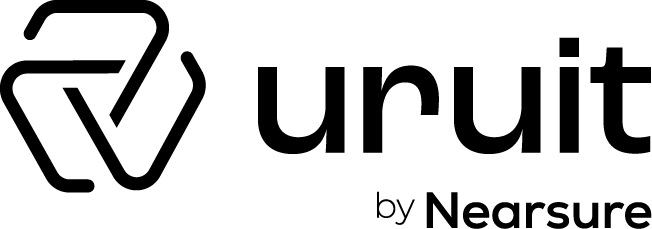Contents
Mastering the Art of Digital Product Design
If you’re working on the next big thing in digital product design, chances are you’ve got a brilliant idea rattling around in your head. You’ve probably spoken to a few people you know, and they all think it’s amazing too. But you’ve started researching and run into terms like MMP and product market fit. Now you’re a little worried about how you can go from a brilliant idea in your head to something people actually want to use – and pay for.
You’re not alone. That’s why we introduced this year The Digital Product Lifecycle series.
Lots of people have amazing ideas all the time, but only a small percentage make them real. Even fewer turn their concept into something that is truly an earth-shattering success. But if you can master the basics of product design, you can give yourself the best possible chance of doing just that.
Usually, the lifecycle of a digital product starts with the Product Strategy, and as we explained in The Product Strategy that works for you is hyper recommended. If you already know what your market is, who is your user persona and already have defined the product vision, then you are ready to start mastering the art of Product Design.
Here’s how.
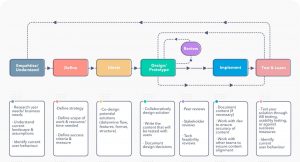
The Model
Another term you’ve probably heard a lot but might not be entirely sure of in the context of digital product design: The Business Model (or just the model as many people call it) is how your product will make money.
Of course, that’s a gross simplification, but in a nutshell, it’s what it’s all about. Who will you sell to? How can you reach them? Who could help you reach your goal? How long will it take? What pricing structure will you use? Will you use free trials or offer freemium packages?
All those questions and more go into your business model, but ultimately, it’s like a really short, to the point business plan on a page. Your business model will tell you exactly how you plan to go from concept to IPO, and everything in between.
There are some great business model resources on sites like Better Marketing and Business Models Inc.
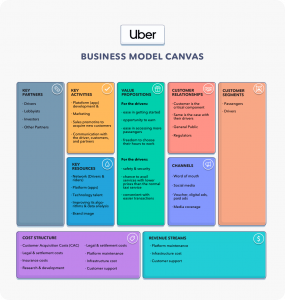
Define
Once we have the business model figured out in broad strokes, it’s time for the next stage in digital product design: defining the product.
Usually at this stage we would have probably brainstormed features you would like to have, but this part of the product design process is about refining that. Which of the ideas is essential, which are nice to have, and which should we shelve for later?
While we’re defining the idea, we will develop mock-ups and start working on the design and branding for the product too. This is not just about what we want the digital product to do, but also refining who it will do it for.
This stage of the product design lifecycle is still fairly fluid though. We will be gathering information from the target users and analyzing it to define what kind of product they actually want. Don’t be surprised if this isn’t exactly what you envisioned. Sometimes, customers want things that are different to the big vision. This is okay. If they tell us what they want to buy, it’s a good idea to listen!
Ideate
Once we’ve gathered all the data, pitched the idea to a variety of potential customers, use their feedback. Create a clearer picture of what the digital product will be. We’re ready to ideate.
Where the refining process is more of a pencil sketch that we can erase and change at will, ideating helps you to distill the ideas and develop them. We should think about how we want the product to look and function. Develop mood boards to communicate the goal to the team. Focus in on unique features and user experience design.

Ideation is driven more by what we know the future customers want, but it’s still an opportunity to be creative. Allow the team to think outside of the box. Create moon-shot ideas that are big and bold. We don’t have to colour within the lines when we are in the ideation phase.
Sure, we might not be able to do all the things we dream up right away, but they’ll give us a great idea of where we might go in future. Having a direction for the future can help us to develop a solid framework now, that will allow us to create the big dreams later.
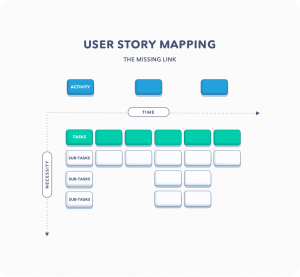
Prototype
With all the brainstorming and dreaming behind us, it’s finally time to knuckle down. This is the meat and potatoes of digital product design: prototyping.
At this stage of the design process, we will take all those big dreams, and try to turn them into reality. Some might fail. Others will success, and some might fall by the wayside as we find new, better ways to do things.
A prototype is our first working model of the big idea, and as such, it has a very important role in the digital product design process. This step helps us to:
- Be the first users of the product. This helps us to find early flaws and bugs that we might not have thought of while we were gathering data and developing the idea.
- Make hands on UX design decisions. Just because we thought something would work on paper does not mean it will.
- Fail early. No one wants to think about failure, but it happens. If we discover that an idea won’t work while we are working on a prototype, we can go back to the drawing board early (and cheaply) and rethink.
A prototype is the earliest version of the Minimum Viable Product (MVP) or Minimum Marketable Product (MMP), which is eventually what we will release into the world. It’s a practical tool that lets us make sure that the theories and ideas are actually viable.
Testing
Once we’ve ironed out the flaws and got rid of the most obvious bugs in the prototype, it’s time to bring in the testers. It’s very hard to effectively check our own work, so that’s why we need testers.
The testers will look at the prototype with fresh eyes. They have no vested interest, and there’s a good chance they will try to use the product in ways we never thought of. All of this is valuable information. Even if the testers manage to crash the product, if they can tell us how you did it, we know what we need to fix.
The best digital product testers are brutally honest, tech savvy, and very similar to the people you hope to sell to. They’ll tell us everything we need to know about what is working, and what is not.
Rinse and Repeat
The big mistake many people make in digital product design is believing that one round of development, testing and reworking is enough.
The truth is, if we want to have the best possible product, we need to repeat these steps more than once. Every time we make changes and fix problems, they list of issues should become shorter. The testers should find less problems, and the feedback should be better.
We might never get the digital product design to be perfect. Most products will never be completely “finished.” There are always new features, technologies, and improvements to be made. But when we’ve got happy testers that are telling us we’re ready to launch, we should be nearly there.
What’s Next?
Digital product design can feel a lot like a marathon. But if you make it through all these steps, you will be ready to develop an MVP or MMP.
Along the way, we have developed, adjusted, and refined the business model canvas. We’ve collected potential user data, and we know what the testers loved and what they wanted more of. We have a user journey map, a story map and project architecture, and we have a good idea what we need to do next.
The result of this stage might not be what we initially pictured in our head. In fact, it probably won’t be. Nor should it. Big ideas spark the process. But as we work through the steps, we will change the focus, add, and remove features. Keep refining the concept until we have something that’s as close as possible to what we know people want or need. Even if they don’t know it yet! With all this inputs and motivation, it’s time to start the digital product development.
